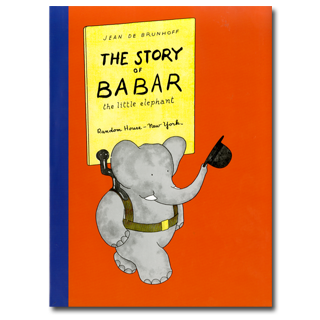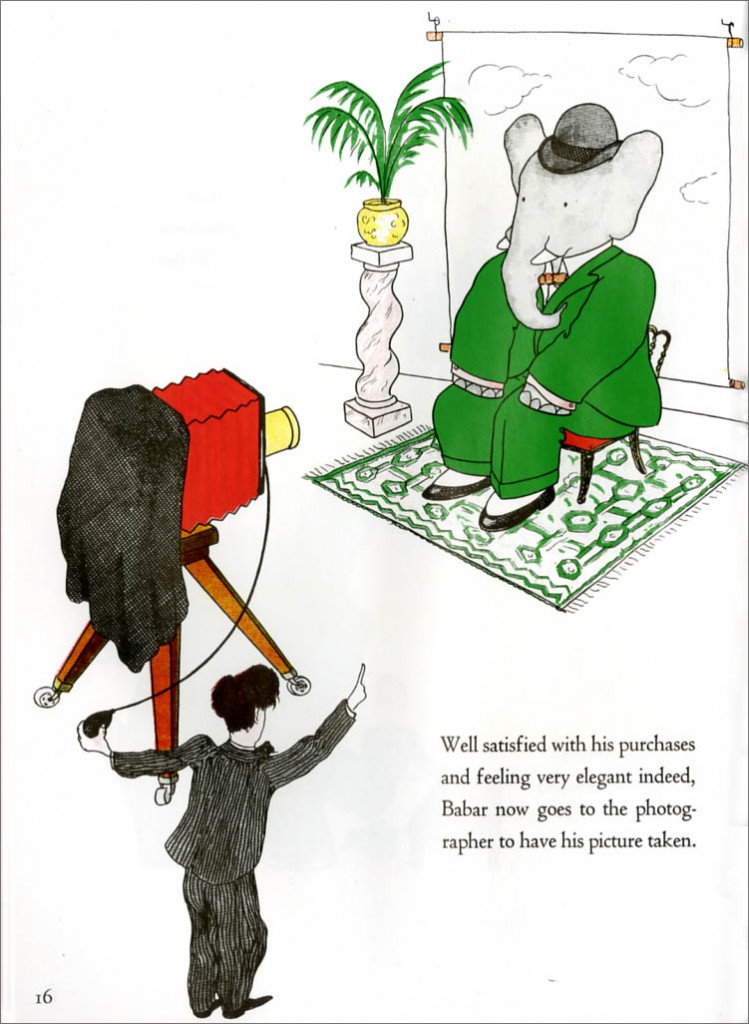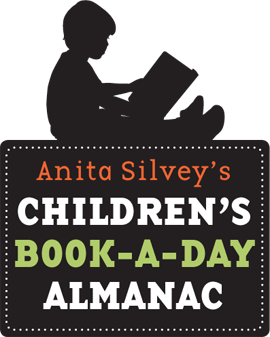
A FEW OTHER EVENTS FOR
FEBRUARY 23:
- Happy birthday C.S. Adler (Ghost Brother) and Walter Wick (A Drop of Water).
- It’s the birth date of Erich Kästner (1899–1974), Emil and the Detectives.
- W. E. B. DuBois (1868–1963) was born on this day, author of The Souls of Black Folk. Read W. E. B. Du Bois by Mark Stafford.
- In 1927, the Federal Communication Commission begins to regulate radio frequencies. Read Sounds in the Air: The Golden Age of Radio by Norman H. Finkelstein.
- It’s the beginning of Learning Disabilities Week. Read Freak the Mighty by Rodman Philbrick, and any of the Joey Pigza books by Jack Gantos.
Next week, from February 24-28 has been designated as Read Me Week by Reading Is Fundamental to celebrate the importance and fun of reading. All week long, local businesses and organizations who have adopted schools in their area will send out volunteers to read. The week culminates on Read Me Day in Nashville, Tennessee—where local celebrities flock to Nashville schools.
When I think of books and celebrities, the essays I published in Everything I Need to Know I Learned from a Children’s Book instantly come to mind. I asked those who have achieved some status in various professions to provide a testimony about a children’s book that had a profound influence on their lives. Many of these choices proved very surprising. Kirk Douglas, who played all the tough-guy roles in Hollywood, loved the Bobbsey Twins series because his older sister taught him to read from these books.
At first I was surprised by another choice, that of Leslie Moonves, the CEO of CBS. When I finally had a chance to interview him, he has just returned from Silicon Valley. Moonves told me he was so happy to talk, because this trip had reminded him of his favorite children’s book. I must admit I was frantically searching my mind for any title that had a connection to Silicon Valley.
The book he chose, The Travels of Babar, had been written and first published in France. Another one of those classics that began as a bedtime story, the adventures of Babar the Elephant were originally created by Celeste de Brunhoff. Her husband Jean turned them into a book in 1933, The Story of Babar. Babar sees his mother killed by hunters and flees. When he arrives in Paris, he is befriended by a rich lady and becomes a Parisian dandy. First printed in oversized volumes, the books have been reissued from time to time in this same format. This is the ideal way to experience the stories; Babar works best on a large canvas.
For Leslie Moonves, the Babar books “provided noticeable life lessons. Babar the elephant is quite sensitive and quite exploratory. He is very interested in everything in the world. Babar goes to new places—Paris, the seashore, mountains—and travels in a balloon and on an ocean liner. I related to him because I wanted to be an adventurer; I was very curious. To this day I remain curious; it helps me every day that I am in my job and that I am on earth.” I personally love the idea that a future CEO of one of the world’s largest telecommunications companies would delight, as a child, in the image of an elephant sailing over the earth in a balloon.
Do what you can in your community for Read Me Week—no matter what book you might choose. Children’s hopes, dreams, ambitions, and life quests come from books shared with them. Read Me Week reminds us that we all have reason to share books with the children in our community; in doing so, we all become part of their lives and their futures.
Here’s a page from The Story of Babar:

Originally posted February 23, 2011. Updated for .






So dapper, so droll. My favourite peripatetic pachyderm!
I enjoyed these books so much growing up. Babar always looks so well-put-together. There’s something so clean and aesthetically appealing in the pictures alone, though the stories are fun and engaging as well.
These books seem crucial to growing up. I’ve always loved the sort of washed out colors and the tiny details in each illustration.
I adored these books as a child. Babar returning to the jungle and bringing aspects of civilization with him is a neat metaphor for growing up in my mind.
I like that in the page you’ve chosen to show, Anita, Babar is described as “feeling very elegant.” “Elegant” is exactly the adjective I would choose to describe these books!
I loved these books so much as a kid. While I was in Italy for a semester, I came out of one of the many museums I visited into the gift shop where they sold books. Lo and Behold, there was a Babar story about building and attending a museum. I had to buy it for my goddaughter to commemorate one of my favorite books and one of my favorite places.
I remember wondering if there was really a “king of the elephants,” and each of our sons came to me at some point with the same question. I loved the matter-of-factness style of the early Babar books.
I adore the Barbar books! I was always a big fan of the matter-of-fact style and the time period the books take place in.
I too relate to Barbar because I enjoyed an adventure or two when I was little (I still do).
I was also introduced to Babar through the large format original editions — and in French yet. I loved them, then, and still do. The way the words and pictures explore the large format fascinated me then, as they do today.Thanks so much for choosing them to feature here!
At first, I did not like the Babar books. I mistakenly took them as shallow. It was only later as a mom that I grew to appreciate the depth and humor. Perhaps my children were wiser than I!
I have always loved Babar. I read the series when I was young child and then later with my own kids. And the illustrations are so beautifully done. Thanks for the reminder.
I was so glad I was able to buy these in the large format for my daughter when she was young, because this is the way they mesmerized me when I was a child. When she grew up, finished grad school, and we sold our house, they were among the books she chose to carry into adult life. Oh, and Tintin too. Size matters with these books!